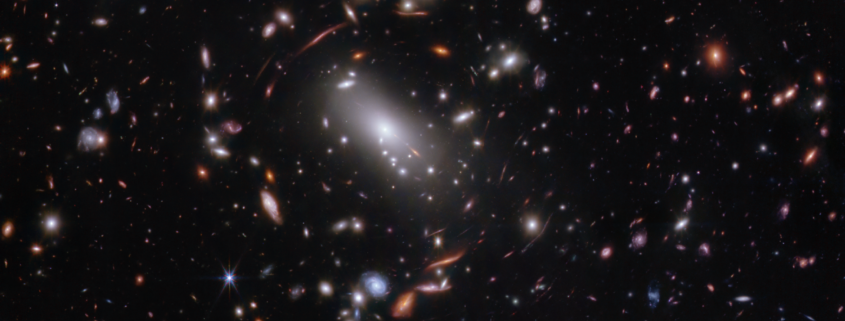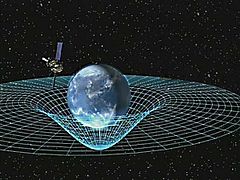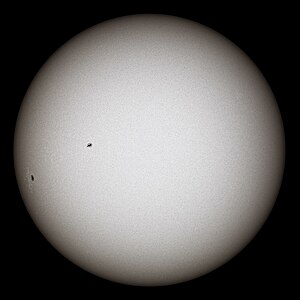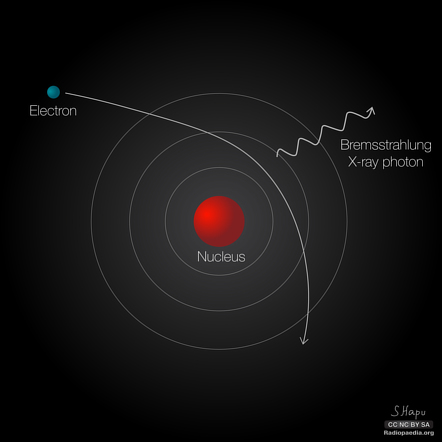
AST 301: Introduction to Astrophysics
Course Content

Gravity
How does gravity bend spacetime and light? Why are planetary systems and spiral galaxies flat, but planets and stars round? How gravitational lensing magnify objects. How are gravitational waves detected?

Electromagnetism
How is light or electromagnetic wave produced through the acceleration of charged particles? How do astronomical objects emit light at wavelengths ranging from radio to gamma ray?

Blackbody
What is a blackbody and why are stars blackbodies? Which objects emit through the blackbody mechanism? How did Planck’s law solve the ultraviolet catastrophe? How is blackbody radiation measured?

Bremsstrahlung
When does an astronomical plasma emit light via bremsstrahlung mechanism instead of blackbody mechanism? How to measure bremsstrahlung? Emissions from the intracluster medium (ICM) of a cluster of galaxies.

Synchrotron
Which astrophysical phenomena give rise to light via synchrotron mechanism? How is special relativity used to explain this mechanism? Explain synhrotron jets from supermassive black oles.

Spin-flip
How does neutral hydrogen emit light of a specific wavelength via the spin-flip mechanism? How can we map our galaxy using this radiation? How to create timelapse maps of the whole universe using this light?
Keystone Project



